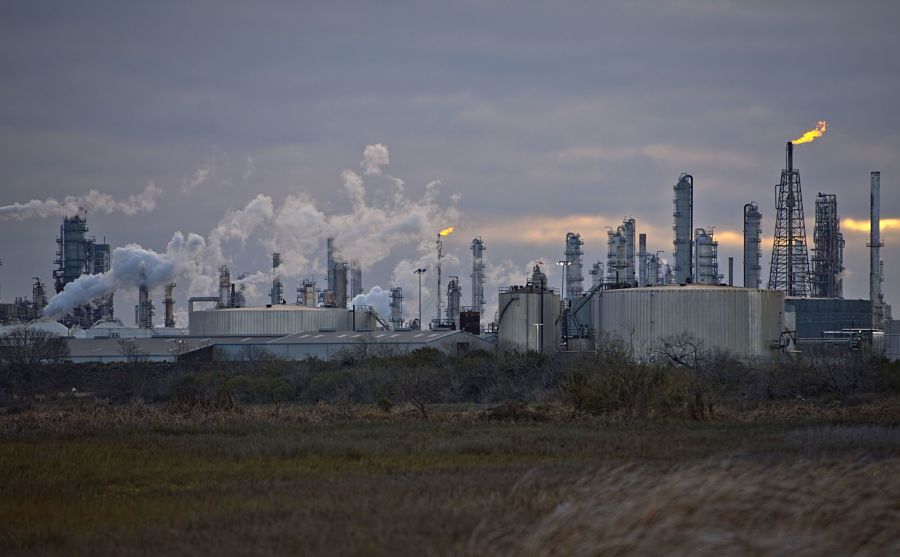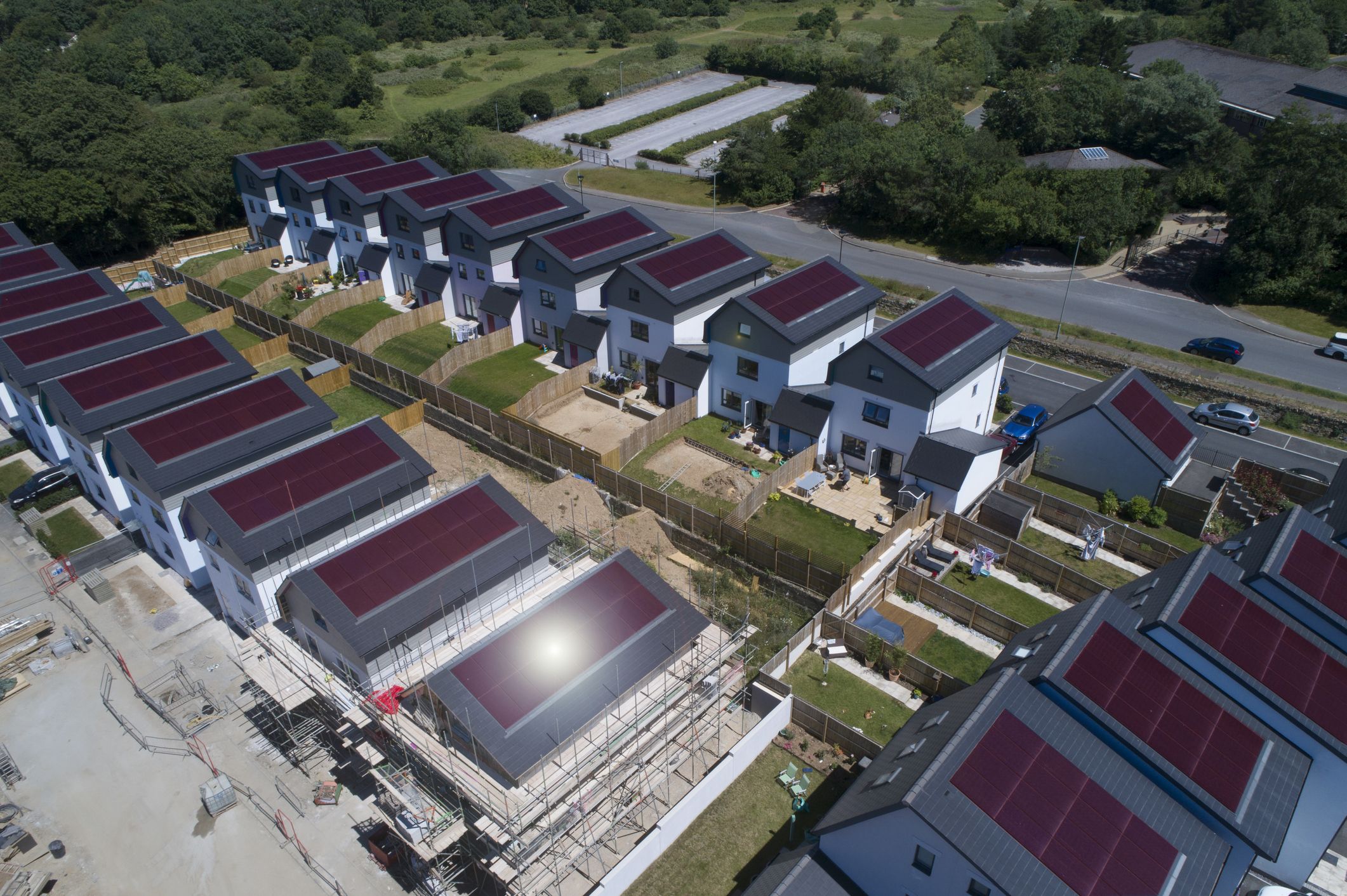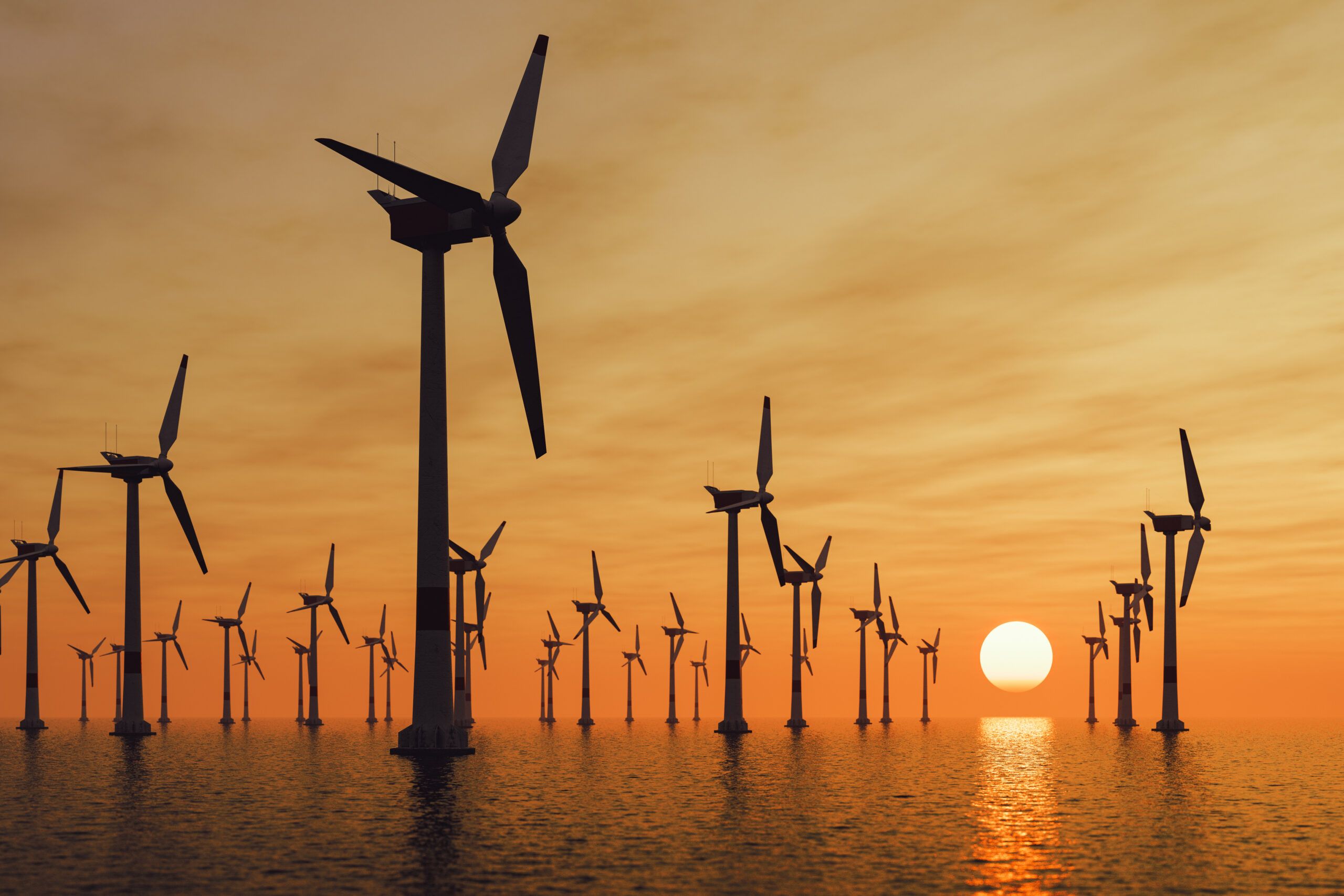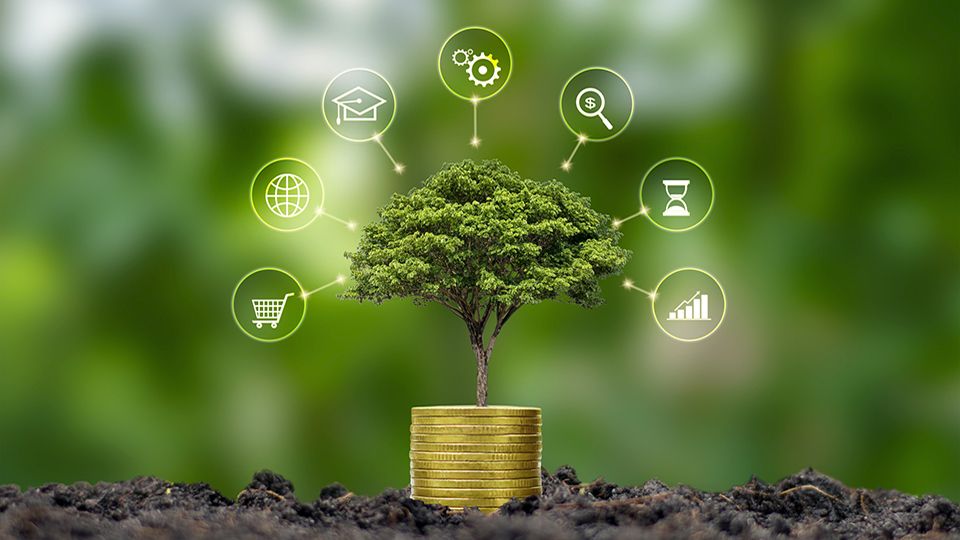The transition to a net-zero emissions world will have an enormous, but uneven, impact across economic sectors. Here, J.P. Morgan Asset Management’s research analysts share with ESG Clarity views on how the transition to net zero will impact some of the industries that will undergo the greatest changes.

Autos
Vishal Singhal, credit research analyst in the global fixed income, currency and commodities group
EU regulators are spearheading the charge by further tightening the bloc’s already strict 2030 vehicle emission targets, and US regulators are now following Europe’s lead. This transition is creating substantial headwinds for the auto industry, but also opportunities for incumbents that can transform their businesses.
The long-term winners will likely be those with dedicated EV platforms and higher levels of vertical integration of the battery electric vehicle (BEV) powertrain, including investments in the battery cell and its supply chain. We favour companies focusing more on pure electric vehicles rather than bridge technologies such as hybrid engines.
This transformation requires increasingly higher investment spending despite electric vehicle profitability still not reaching par with internal combustion engines (ICE) for most companies. Battery costs are a key issue, with cost parity versus ICE unlikely to be reached until later this decade. However, carmakers that postpone changes are likely to face significant operational headwinds, investor apathy and potentially negative effects on their credit ratings. Even with some increase in leverage, we see this investment in the future as critical.

Energy
David Maccarrone, equity research analyst, US equity and international equity groups
Forecasting profitability for the lowest-emitting, lowest-cost fossil fuel assets is essential when investing in the energy sector. The European energy crisis underscores the ongoing importance that fossil fuels will play in the global economy for decades to come. The recent spike in energy prices has enabled some lower-quality companies to deliver strong share price performance. Yet in a number of instances, the market is not appropriately discounting the risks to these companies’ energy transition strategies, with undue focus on potentially transient sources of cash flow rather than sustainable ones.
Natural gas has been the primary driver behind the significant decline in US greenhouse gas emissions over the past decade. Increased demand for liquefied natural gas (LNG) in Asia to replace coal is a big investment opportunity for energy companies to help drive substantial emissions reductions. New LNG supply is likely to come from regions that have greater environmental, social and governance considerations in production, such as the US or Canada, with reduced carbon intensity helping to accelerate the path to net zero.
The path to net zero also requires a contribution from emerging, scalable technologies. Europe is taking the lead in developing larger-scale, integrated solutions. One consortium developing a green hydrogen hub in northern Europe includes an offshore wind project powering an electrolyser that produces hydrogen to partially decarbonise an oil refinery.
European oil companies are championing these investments as they build on existing competencies and expand technical skills. However, even with strong industrial integration and supportive carbon prices, today’s economics remain marginal and additional technology gains are needed to deploy these strategies more broadly.

Infrastructure
Nick Moller, global infrastructure investments group
The move towards net zero across the broader economy will require significant investment beyond what is traditionally considered green infrastructure. For example, investment in pipeline integrity to reduce leaks, in less carbon-intensive sources of heating and in storage to facilitate greater use of biofuels.
Stranded asset risk will remain in focus, with a particular lens on more carbon-intensive fossil fuels, though the timeframe is still unclear. Valuations present a further risk for investors. The recent significant increase in investor interest in green infrastructure has increased demand but the supply of such investments has not grown as quickly, which could impact forward-looking returns. Finally, keeping the costs of the energy transition to consumers manageable is critical to maintaining support for overall decarbonisation efforts.

Real estate
Dianna Russo, real estate Americas group
Reducing reliance on carbon and reducing power usage wherever possible lowers a property’s operating expenses and, therefore, enhances performance and returns. Equally important, carbon reductions can increase a property’s attractiveness to today’s most desirable tenants, providing a competitive edge that may allow increases in the rental rate.
However, to achieve the required carbon reductions to reach net-zero emissions, property owners need to get comfortable with potentially large capital expenditures. For example, if an owner chooses to replace equipment that is not at the end of its useful life in order to achieve reduction goals, it will increase costs.
On the other hand, there is a growing cost to carbon. Fines and penalties based on usage or emissions represent a real cost for property owners in markets where there are heavy regulations.
Many property owners have turned to renewable energy credits (RECs) to offset carbon emissions when working towards a net zero commitment. RECs are created when a plant generates one megawatt hour of energy from a renewable source, such as wind or solar. Unfortunately, there are currently not enough new renewable energy sources being constructed to produce enough RECs to meet demand, so the price of RECs has increased significantly.
One way of lowering a property’s carbon footprint is to install solar panels and power the property using the energy produced. Renting areas to solar providers is another way to both add an income stream and renewable energy to the power grid.

Retail
Bilquis Ahmed, equity research analyst, international equity group
Fashion is responsible for 10% of global greenhouse gas emissions. Given extended supply chains, retail brands are directly responsible for only a fraction of these emissions, yet the best-in-class brands are still attempting to reduce the emissions in each stage of the chain.
More than half the total emissions are created in the fabric extraction, processing, weaving, and manufacturing stages. Greater adoption of renewable energy by national grids over time will help, but in the near term switching to less energy-intensive spinning and dyeing options can materially change a product’s environmental profile. Similarly, recycled fibres have a much lower environmental footprint; only 10% vs. virgin fibre for cotton as an example.
The missing ingredient is consumer consciousness. Currently only 7% of consumers state that sustainability is the most important factor in their purchase decision. We see a risk that new regulations – such as the EU’s Ecodesign Directive – may force the issue by mandating that fabrics must be recyclable, but concrete proposals are lacking so far. Currently, there is little sign of differentiation in brand valuations based on environmental factors, likely due to the combination of limited consumer and government action to date.

Utilities
Fred Barasi, equity research analyst, international equity group
Solar and wind power generation – despite being the cheapest form of new capacity – only reached 10% of global electricity production for the first time in 2020. The electrification of high-emitting sectors such as transport and domestic heating could also lead to electricity demand increasing three-fold by 2050, according to International Energy Agency (IEA) projections.
The IEA’s net zero scenario envisages a four-fold increase in wind and solar installations in 2030 vs. 2020. Widespread electrification will lead to significant investment in electricity networks, such as transmission and distribution grids. Rising renewable penetration will also create investment opportunities to address intermittency and energy storage, with batteries, green hydrogen and carbon capture technology among the carbon-neutral options.
The transition raises existential questions for operators of gas infrastructure, especially companies operating low-pressure pipelines delivering gas to domestic properties. Most utilities are in the midst of a transition from fossil fuel dominated power generation to renewables, and some will adapt better and more quickly than others.
Conclusions

Hugh Gimber, global market strategist
There is an unavoidable conflict between the desire to increase energy security and to reduce emissions, as evidenced by the level of gas-to-coal switching that has been triggered by the surge in natural gas prices. That said, looking beyond the very near term, this conflict will ultimately turbocharge the net-zero agenda. Numerous policy announcements have already been made that look to accelerate the rollout of renewables across Europe, and more will inevitably follow.
As the research analysts have highlighted above, the path to net zero will have ripple effects across not only all parts of the economy, but also the financial markets. Regardless of the industry under consideration, companies that can prove they are part of the solution to tackling climate change stand to benefit from both new environmental initiatives and increasing investor pressure. A thorough understanding of how the wave of policy changes ahead will impact cash flows and valuations should be an essential part of any investment decision today.




